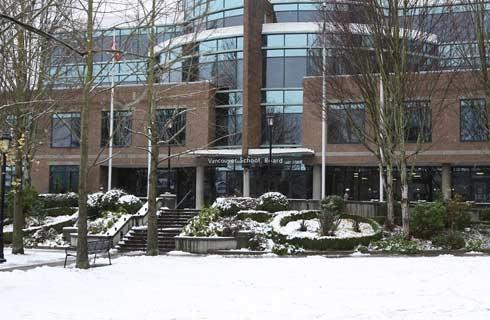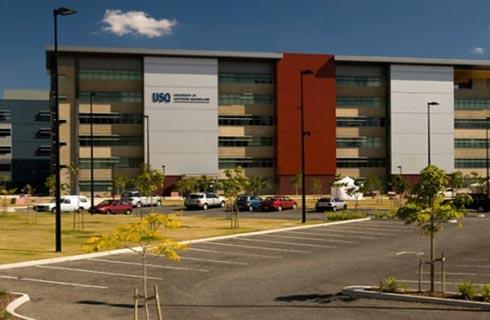Bachelor of Science in Kinesiology - Neuromechanics

学历文凭
Bachelor Degree

专业院系
运动科学

开学时间

课程时长

课程学费

国际学生入学条件
Certified, translated copies of all transcripts, mark sheets, and diplomas from your school. Mississippi State recommends all school credentials from non-U.S. institutions be submitted through a National Association of Credential Evaluation Services member (NACES member agency, https://www.naces.org/members) for a course-by-course evaluation with grade point average calculation. MSU's preferred transcript evaluation service is TEC or MyIEE.An official ACT score of 20 or higher, or SAT score of 1030 (only if your GPA is below 3.0 based on our evaluation of your transcripts OR if you are applying for scholarships). International undergraduate students applying to Mississippi State University must demonstrate English language proficiency in order to register for academic courses
IDP—雅思考试联合主办方

雅思考试总分
6.0
了解更多
- 雅思总分:6
- 托福网考总分:71
- 托福笔试总分:525
- 其他语言考试:Duolingo English Test score of 120
CRICOS代码:
申请截止日期:请 与IDP联系 以获取详细信息。
课程简介
This concentration combines the disciplines of "neuroscience" and "biomechanics" and deals with study of human movements accomplished by the interaction of the nervous, muscular and skeletal systems of the human body. Students learn concepts of neuromechanical basis of kinesiology in the development, learning, control and production of human movement. The neuromechanical concentration curriculum focuses on a comprehensive biomechanical, neuromuscular, motor learning and performance analysis of human movement. The enhances the knowledge and understanding of neural, biomechanical, cognitive and behavioral mechanisms underlying human movements, to help improve performance and prevent injuries in a variety of populations ranging from recreational, athletic, occupational, geriatric and special populations such as Downs' syndrome, autism and Parkinson's' disease. The curriculum provides students, a foundation in the mechanisms underlying human movement to prepare students for careers in physical therapy, occupational therapy, medicinephysician assistance, neuromechanics, human factors ergonomics, sport science, disability and rehabilitation science.
相关申请

预科

奖学金

实习机会

在校学习

跨境学习

校园授课-线上开始

在线/远程学习
学校排名
世界排名
601
数据源:泰晤士高等教育世界大学排名
本校相关课程
Doctor of Philosophy (Ph.D) in Engineering - Applied Physics Concentration

学历文凭
Ph.D.
下一个开始日期
课程费用总额
物理学理学硕士

学历文凭
Masters Degree
下一个开始日期
课程费用总额
工业和系统工程哲学博士

学历文凭
Ph.D.
下一个开始日期
课程费用总额
工业工程理学硕士

学历文凭
Masters Degree
下一个开始日期
课程费用总额
野生动物,渔业和水产养殖理学硕士

学历文凭
Masters Degree
下一个开始日期
课程费用总额
其他相关课程
运动机能学博士-工作与健康

滑铁卢大学
泰晤士高等教育世界大学排名:

学历文凭
Ph.D.
下一个开始日期
课程费用总额
运动与健身领导学士-运动与健康

卡莫森学院
泰晤士高等教育世界大学排名:

学历文凭
Bachelor Degree
下一个开始日期
课程费用总额
运动与健康大专文凭

卡莫森学院
泰晤士高等教育世界大学排名:

学历文凭
Bachelor Degree
下一个开始日期
课程费用总额
运动学理学学士

布鲁克大学
泰晤士高等教育世界大学排名:

学历文凭
Bachelor Degree
下一个开始日期
课程费用总额
运动与保健证书

卡莫森学院
泰晤士高等教育世界大学排名:

学历文凭
Bachelor Degree
下一个开始日期
课程费用总额
运动机能科学学士学位(荣誉学位)

麦吉尔大学继续教育学院
泰晤士高等教育世界大学排名:

学历文凭
Bachelor Degree with Honours
下一个开始日期
课程费用总额






